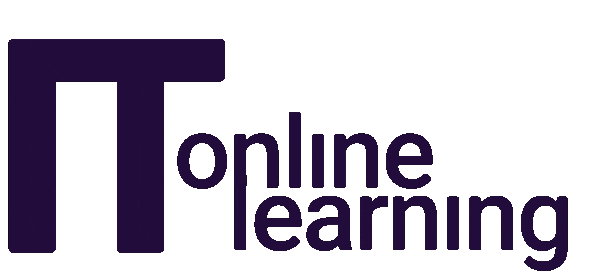PRINCE2, the renowned project management methodology, has evolved with the release of its 7th edition. This update brings some enhancements and additions to align with contemporary project management practices, emphasising the integration of people, sustainability, and digital management. Here’s a detailed look at the key changes and additions in PRINCE2 7th Edition.
New Focuses in PRINCE2 7th Edition
Integration of People
The 7th edition underscores the importance of people in achieving project success. It integrates human elements more deeply into the methodology, recognising that the capabilities of the project team and the relationships between team members and stakeholders are crucial to project performance.
Project Performance
Sustainability has been added as the seventh project performance aspect: this inclusion reflects the growing need for projects to not only be efficient and effective but also sustainable. It encourages project managers to consider environmental, social, and economic impacts throughout the project lifecycle.
Digital and Data Management
In response to the digital era’s demands, PRINCE2 7th edition introduces a focus on digital and data management. This addition ensures that project managers are equipped with strategies and tools to handle digital transformation and data-centric projects effectively.
Core Structure and Manual Expansion
While the fundamental nature of a project remains unchanged – temporary, product-focused, with ongoing business justification – the overall structure of PRINCE2 has been updated. The core elements now include principles, practices (formerly themes), and processes.
The official manual, ‘Managing Successful Projects with PRINCE2’, has also expanded significantly with the 6th Edition having 343 pages against the new, 7th Edition boasting 405 pages, reflecting the additional guidance and expanded focus areas introduced in the new edition.
Examination Changes in PRINCE2 7th Edition
The examination formats for both Foundation and Practitioner levels have seen some changes:
Foundation Exam
The format remains consistent, but the pass mark has been raised from 55% to 60%, requiring a minimum of 36 correct answers.
Practitioner Exam
The number of questions has increased from 68 to 70, with the pass mark also raised to 60%. The exam duration remains at 2.5 hours. The exam now centres around one of four scenarios found in the new PRINCE2 manual, adding a more practical dimension to the assessment.
*PRINCE2 5th edition certificates are also no longer accepted as a prerequisite for PRINCE2 7th edition Practitioner.
Detailed Comparisons and Updates
Integrated Elements
The 6th edition featured four integrated elements: project context, principles, themes (now called ‘practices’), and processes. The 7th edition introduces a fifth element of ‘people’, highlighting the central nature of human resources in project management.
Performance Targets
Sustainability has been added to the existing six performance targets (namely benefit, cost, time, quality, scope, and risk), emphasising the importance of sustainable project outcomes.
Delivery Methods
The new edition acknowledges diverse project management approaches. In the 6th edition, we saw a focus on the Waterfall and Agile methodologies, where the 7th edition touches on the more broad-based linear-sequential, iterative-incremental, and hybrid approaches to project management. This change recognises the variety of methodologies that can be employed to suit different project types and environments.
Practices (Formerly Themes)
‘Practices’ in the 7th edition replace ‘themes’ from the 6th edition, underscoring the need for consistent application of project management aspects throughout the project lifecycle. The Change Theme is now the Issues Practice, but the other themes remain unchanged, being the business case practice, organising practice, plans practice, quality practice, risk practice, and progress practice.
Roles and Responsibilities
Roles have been streamlined in the 7th edition, reflecting a more focused approach to project governance. The responsibilities now cover seven roles, down from nine in the previous 6th edition.
Change Management
The 7th edition introduces change management as a means by which an organisation transitions from the current state to the target state. This includes a change management approach within the project initiation documentation.
Additional Techniques and Definitions in PRINCE2 Version 7
The 7th edition introduces various new techniques and updates definitions to ensure clarity and practical application. For instance:
- Work Breakdown Structure: Now links product breakdown structure with work packages.
- Project Product Description: Describes the project’s major products or outcomes, including user quality expectations and acceptance criteria.
- Quality Management: Focuses on quality planning, quality control, and quality assurance as integrated elements.
- Issue Management: Introduces new supporting techniques such as root cause analysis and Pareto analysis.
The PRINCE2 7th Edition represents a significant advancement in project management methodologies, integrating modern practices and expanding focus areas to include sustainability, digital management, and the critical role of people. These updates ensure that PRINCE2 continues to be relevant and effective in guiding project managers through the complexities of contemporary projects. Whether you’re continuing your PRINCE2 journey or just starting, these changes offer valuable insights and tools to enhance your project management capabilities.




